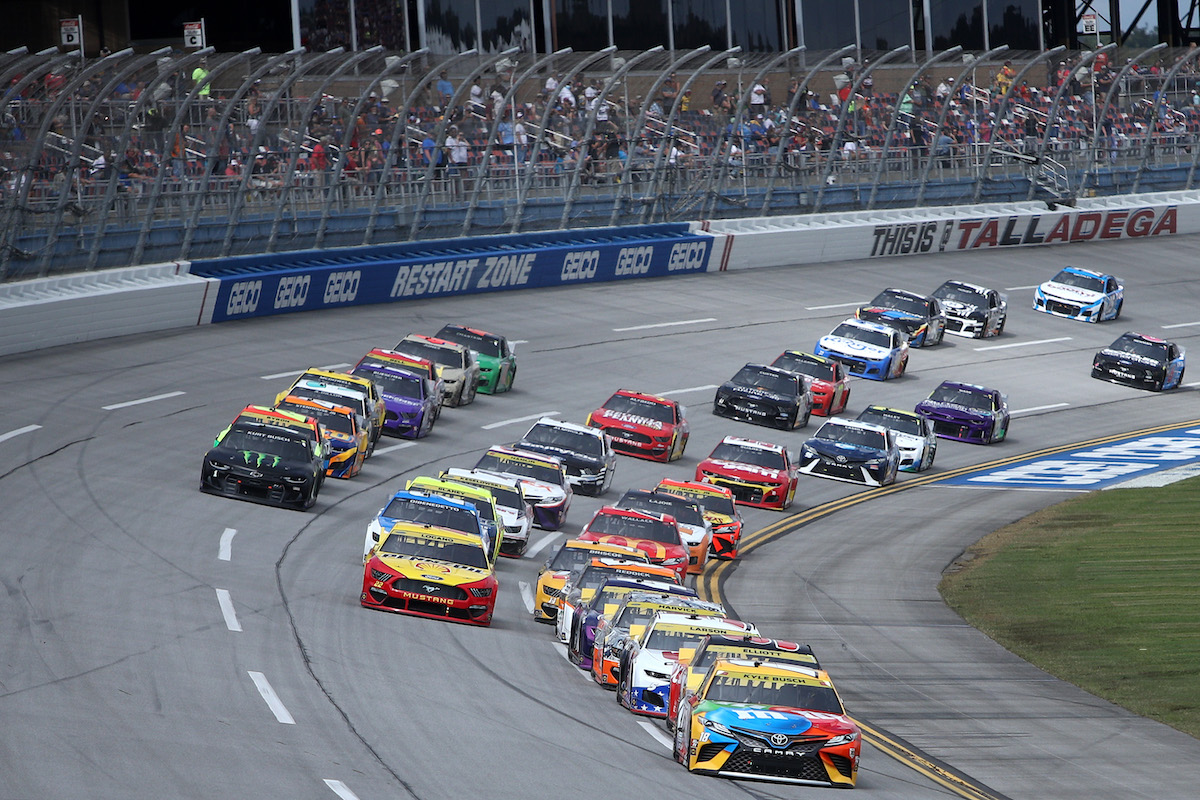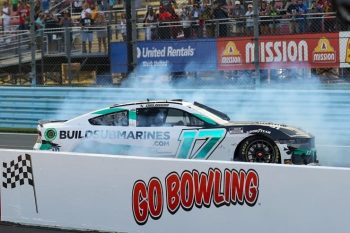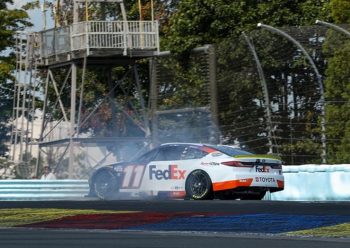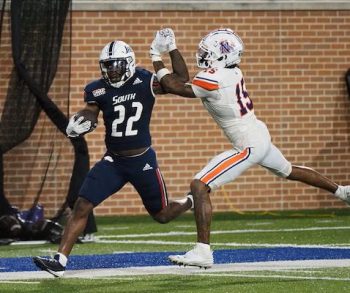NASCAR
Should I Bring Earplugs to a NASCAR Race? The Noise Level Is Thrilling but Dangerous

If you want to take in a quiet race, then you’re best advised to attend a 5K run at a nearby park because that’s not the way it works in NASCAR and most forms of motorsports.
Fans at big tracks like Talladega, small ones like Bristol, and road courses like Watkins Glen expect noise, and it goes beyond that for some: They demand it as part of the atmosphere.
What should you expect in the grandstands?

No two NASCAR venues are alike, so what fans experience at races on consecutive weekends can vary greatly, but the common denominator is that those attending should expect substantial noise.
“Quietest track” is borderline oxymoronic, but traditional road courses such as Watkins Glen and Sonoma might fall under that heading. Those are long and winding circuits with a large geographic footprint. Cars spread out a bit in the span of a few laps, reducing peak noise.
The ovals at intermediate tracks and superspeedways lend themselves to more noise as the sound from the roaring engines bounces off the steel and concrete of the grandstands. Still, those are large layouts and typically not fully enclosed, so some of the sound disperses harmlessly.
And then there are the short tracks, and the example that comes to mind for racing fans is Bristol Motor Speedway, the loudest track in NASCAR. Though the track is short (0.533 miles), the grandstands are immense, rising far into the sky, That serves to hold the noise in.
A study in 2005 by the National Institute for Occupational Safety and Health determined the Bristol noise level peaked at above 140 decibels. For perspective, that’s a touch louder than standing 100 feet from a jet engine at the airport. Standing behind a power lawnmower only exposes the user to about 107 decibels.
That’s why the CDC warns the noise level at races could cause long-term hearing damage.
NASCAR has been testing mufflers on its Next Gen cars
The Bristol example is extreme within NASCAR, owing to the architecture that makes it “The Last Great Colosseum.” A noise mitigation study for the proposed refurbishment of the Nashville Fairgrounds track cited a single Next Gen car at Circuit of the Americas as generating 112 decibels on a straightaway at 100 feet.
While that’s closer to the norm and considerably more tolerable than Bristol, it’s still loud. That’s partly the inspiration behind NASCAR developing muffler standards last offseason and mandating the device at the Busch Light Clash at the start of the season.
NASCAR added a Chicago street race on Independence Day weekend to its 2023 schedule. While it’s a logistical challenge for NASCAR, it’s a nuisance concern for some residents. That’s led to the decision to use the mufflers there for the second time this season.
Though the technology only brings the volume down to the lawnmower level, a Road and Track review of the Busch Light Clash gave approval to mufflers, noting that the Los Angeles Coliseum “wasn’t reverberating a sharp, constant drone the whole time.”
Should I bring earplugs to a NASCAR race?

While mufflers at some tracks will help and the design of other speedways mitigates noise, spectators still need to protect their hearing. Such protection should be considered a must for children, and even adults should consider bringing earplugs or noise-canceling headphones.
While the first half hour without those measures might be tolerable, the cumulative effect of three hours of nearly non-stop noise could lead to the hearing problems many of us experienced after sitting too close to the banks of speakers at rock concerts in our younger days.
If you’re going to insist on roughing it at races, at least consider taking breaks by walking to the concession stands and concourses beneath the stands, where the noise levels typically are lower.
Got a question or observation about racing? Sportscasting’s John Moriello does a mailbag column each Friday. Write to him at [email protected].











